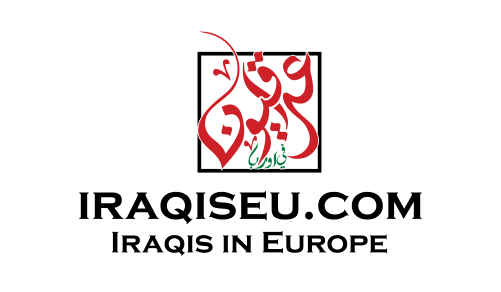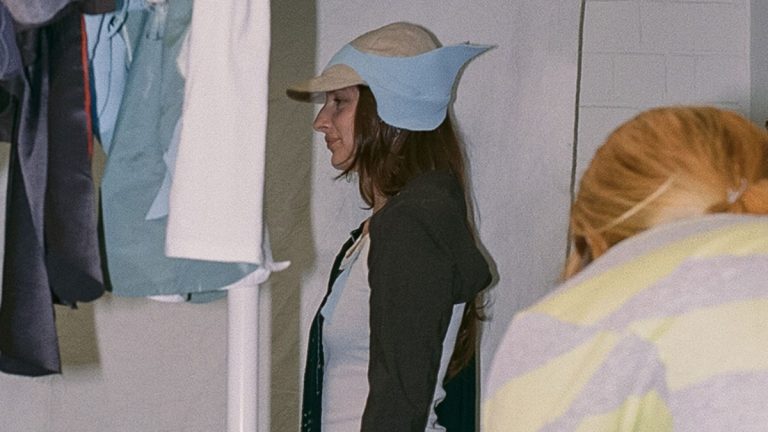After meeting as teens in Copenhagen, Bonnetje founders Anna Myntekær and Yoko Maja Hansen studied at the same time at Gerrit Rietveld Academie in Amsterdam. The duo then both took up design roles in Paris (the former for Cecilie Bahnsen, the latter Maison Margiela), before moving back to Copenhagen in 2018.
“I had a baby,” Myntekær says. “Then I had a baby,” Hansen echoes. One day while pushing strollers by a lake, they decided to try launching their own fashion label, identifying a gap in the bustling Scandi fashion market for more conceptual, standout garments like those they’d seen in Paris. They experimented, pulling garments apart, and realised men’s suits were the perfect source material. “We love the lining and the horse hair and everything that’s hidden in the suit. All the work that the tailor put into it. Yeah, it tells a story which is so beautiful.”
The duo describe Bonnetje, named after the Danish word for receipt, as “unexpected and imperfect. Imperfect and a bit weird”. In practice this means irregular proportions, asymmetries and subversions, like lapels or waistbands being turned into totally new garments. Bonnetje isn’t as commercial as typical Danish brands, which can be a blessing and a curse, the duo agrees, as it helps them stand out, but poses commercial challenges. “It’s good for us that we haven’t really been in super commercial brands before,” Myntekær says. “Plus, we studied at art school. So, I think it’s very natural for us to work more on concepts.”
“It’s good for us, but maybe not for business,” Hansen jokes. “That’s something we are working on.” The duo has recently secured a manufacturer in Lithuania and a local Danish tailor, who can help them reproduce their reconstructed designs for a wider audience, as their first stockists hopefully come in after CPHFW. They are also looking to diversify. “We have talked with some people in the industry and we know that it’s quite normal that a brand for instance makes a T-shirt or a cap, to earn money. But, that doesn’t fit our [aesthetic], so we need to figure out what works for us,” Myntekær says.
For now, they are keen to secure some buyers for Spring Summer 2025, and they’re opening their webshop in September, to sell pieces DTC. “We love when people say we push the boundaries of Scandi fashion, that’s so important to us,” says Myntekær. “But, of course, we both have small kids and families, so our main goal is to be able to eventually live off this and earn some money.”
Bolstered by NGO and government funding, these three brands have been able to gradually build their labels and develop their products without reliance on the turbulent retail market. But, as they enter CPHFW, the organisation is keen to guide them to continue their responsible approaches, even as they start selling to stores. “[While the economic climate is challenging], what we are seeing more and more, in a positive light however, is the ingrained approach to responsible and positively impactful foundations these brands hold,” says CPHFW’s Thorsmark. “By ensuring we are equipping and supporting these designers as much as we can — and also continuing to ensure we, too, evolve as a scheme — we will aspire to help the next generation paving the path for our creative future.”
Comments, questions or feedback? Email us at feedback@voguebusiness.com.
‘The instinct to empower is the same’: Astrid Andersen on her return to fashion
The inside story of what went wrong at cult Danish knitwear brand A Roege Hove
Copenhagen Fashion Week: Buttoned up and quietened down


